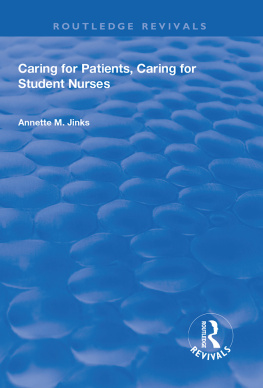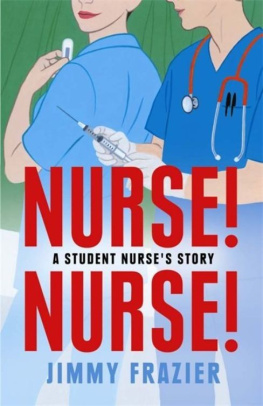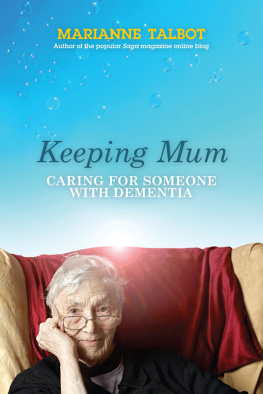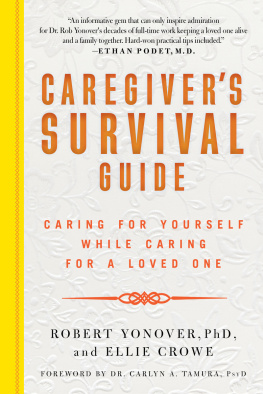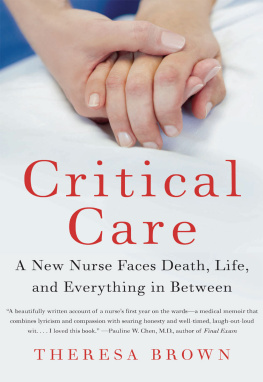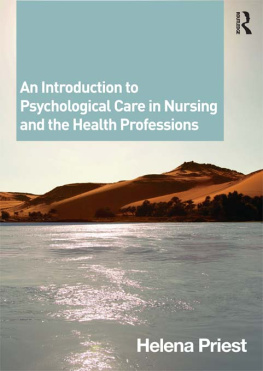First published 1997 by Ashgate Publishing
Reissued 2018 by Routledge
2 Park Square, Milton Park, Abingdon, Oxon 0X14 4RN
711 Third Avenue, New York, NY 10017, USA
Routledge is an imprint of the Taylor & Francis Group, an informa business
Copyright Annette M. Jinks 1997
All rights reserved. No part of this book may be reprinted or reproduced or utilised in any form or by any electronic, mechanical, or other means, now known or hereafter invented, including photocopying and recording, or in any information storage or retrieval system, without permission in writing from the publishers.
Notice:
Product or corporate names may be trademarks or registered trademarks, and are used only for identification and explanation without intent to infringe.
Publishers Note
The publisher has gone to great lengths to ensure the quality of this reprint but points out that some imperfections in the original copies may be apparent.
Disclaimer
The publisher has made every effort to trace copyright holders and welcomes correspondence from those they have been unable to contact.
A Library of Congress record exists under LC control number: 97071716
ISBN 13: 978-1-138-61226-6 (hbk)
ISBN 13: 978-0-429-45961-0 (ebk)
The subject of this book is a study which examines the interrelationships between student-centred teaching and learning and patient-centred nursing care. The focal area of interest is if student nurses are taught using the principles of student-centred learning theories will these behaviours be replicated by students in their attitudes to the delivery of nursing care. Student-centred learning and teaching is defined as a cognitive theory of learning which has self-directed, experiential and problem-solving learning as key features. In nurse education the application of student-centred learning and teaching methods is shown to have been influenced by andragogical tenets. Patient-centred care is defined as nursing care delivered through use of the nursing process.
The study is conducted during a time of radical change in nurse education in Great Britain. For example, the advent of Project 2000 and changes to post-registration training have inherent aims to produce nurses who are knowledgeable doers (United Kingdom Central Council 1986). An implicit purpose of these reforms in nurse education is to raise the quality of professional nursing care (Chandler 1991). Much interest has centred on learning and teaching philosophies and methodologies which will assist in achieving these aims (DA Slevin and Lavery 1991). The English National Board (1989) also state that educational processes should be directed towards students being encouraged to take personal responsibility for their learning and developing their intellectual abilities, self-awareness and self-direction. Attention has therefore focused on student-centred learning as a means of delivering nurse education programmes which have the aim of improving the quality of professional nursing care.
Improving the quality of nursing care through the delivery of effective nurse education programmes is central to the debate regarding the theory.practice divide in nurse education (Hawkett 1989, Jarvis 1992a, McCaugherty 1991b). For example, endeavours to design nurse education programmes which marry with the realities of clinical practice, and produce nurses who are able to deliver effective nursing care are central aims of all nursing curricula. This study examines one area of this broad topic.
The nature of the research described in this book is attitude analysis. That is analysis of the attitudes of senior educational managers, nurse teachers and pre-registration student nurses with regard to student-centred learning and teaching and patient-centred nursing care. Radford and Govier (1980) state that in analysing attitudes a distinction is usually made between three components: cognitive, affective and behavioural. The cognitive component consists of beliefs or ideas which a person holds towards an attitude issue, the affective component being the feelings or emotional reactions which an individual displays towards an attitude issue, and the behavioural component the tendency or disposition to react in certain ways to an attitude issue.
In the study the first two components identified by Radford and Govier (1980) are of central interest. That is the beliefs and feelings the sample groups hold with regard to student-centredness and patient-centredness. The latter component, or the study of actual behaviours regarding student-centredness and patient-centredness, are not addressed in the present study. Therefore the findings are used to illustrate beliefs and feeling regarding the attitude issues at a given point in time. There is no attempt made to examine the consistency between espoused beliefs and feelings and actual behaviours due to the need to keep the present study within manageable limits. For example, classroom observations have not been undertaken to establish articulation of student-centred principles in nurse teacher/student nurse teaching and learning interactions. Neither have clinical observations been conducted to verify the extent of patient-centred philosophy is evident in student nurses care delivery. The findings of the study therefore, cannot be used to establish current behaviours or to predict future behaviour. It is, however, recommended in the conclusions of this book that these areas are subject areas for future research.
With these limitations acknowledged it is, however, clear that inferences can be made between ideas and beliefs and actual behaviours regarding attitude issues. Therefore any consensus picture which may emerge pertaining to ideas and beliefs of either student-centredness or patient-centredness would give some indication of how teachers and student nurses may act in teaching, learning or nursing care situations.
The general consensus picture which emerges from the findings of the study is that care and care giving are identified as being of key importance in analysis of attitudes towards student-centredness and patient-centredness. Care is, however, defined not merely as cherishing or nurturing behaviours but in the context of the theoretical concepts pertaining to student-centred learning and teaching and patient-centred nursing care. Effective teaching behaviours through application of the ideas and beliefs inherent in concepts of individualism, humanism and empowerment are identified as underpinning the definitions of care used in the study, whether this be care for students or care for patients.
A national survey approach is taken in the study. Initial investigations are directed at establishing senior educational managers or official attitudes towards student-centredness. At later points in the study the attitudes of nurse teachers and pre-registration student nurses are examined towards both student-centredness and patient-centredness. Data triangulation is the central feature of the research design. The aim being to achieve convergent validity with regard to the research findings. An investigation, at a national level, which examines the attitudes of senior educational managers, nurse teachers and pre-registration student nurses with regard to student centredness and its relationship to patient-centredness is therefore the focus of the study.


